Coloquio del Instituto de Física
El Coloquio del Instituto de Física se lleva acabo unicamente en vivo en nuestro canal de YouTube
Liga YouTube
https://www.youtube.com/channel/UCijcZAcDo1Ih5u9e8kiFP3g
Contacto e información: Ing. Cristina Cázares Grageda
Programación del Semestre Agosto - Diciembre 2022
|
|||
| Fecha | Ponente | Procedencia | Tema |
| 1 de febrero | |||
| 8 de febrero | |||
| 15 de febrero | |||
| 22 de febrero |
Dr. Luis Orozco |
Universidad de Maryland |
Enfriamiento por luz de nanofibras ópticas. |
| 1 de marzo | Roberto de J. León Montiel | Universidad Nacional Autónoma de México |
Imagenología cuántica de alta resolución asistida por inteligencia artificial. |
| 8 de marzo | |||
| 15 de marzo | |||
| 22 de marzo | Jan Dhont |
Forschungszentrum Jülich GmbH & Lund University |
Electric-field induced phase transitions of highly charged rod-likecolloids. |
| 29 de marzo | |||
| 19 de abril |
David Wong Campos |
Harvard University |
Imagenología y optogenética de voltaje revela mecanismos de computación neuronal _in vivo_ |
| 26 de abril |
Baron Chanda |
Washington University School of Medicine |
Probing Allostery in ion channels at single molecule resolution. |
| 3 de mayo | Jonathan K. Whitmer | University of Notre Dame | Modeling Ionic Liquid Crystals for Ion Transport. |
| 17 de mayo | |||
| 24 de mayo | Luis Fernando Elizondo Aguilera | Instituto de física / BUAP | Comportamiento estructural y dinámico de un sistema granular vibrado conformado por partículas cúbicas. |
| 31 de mayo | |||
| 7 de junio | Jorge Arreola |
Instituto de Física / UASLP |
La breve estancia activa de un ion dentro del poro de un canal iónico. |
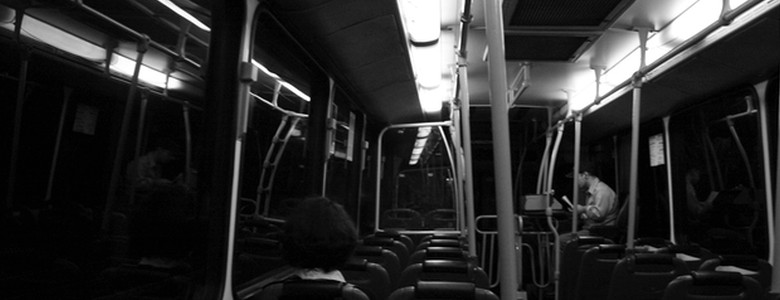
Ponente: Dr.Alipio Calles
Procedencia: UNAM
Miercoles 13 hr
17 - Feb - 2016
Auditorio del IF
- Detalles
- Categoría: Coloquio de Física

PONENTE: Dr. Jose Luis Rdz Lopez
PROCEDENCIA: IPICYT
Resumen:
Models in physical sciences are approaches that scientists in general, but physicist in particular, use to represent and study Nature and/or experimental facts. Therefore, a model use to be plenty of simplifications, but the ultimate goal is to understand Nature and/or physical phenomena.
In this work we face the old problem of surface segregation in binary alloys since is crucial in determining important phenomena and technological problems in Surface Science such as catalysis and corrosion, among others [1,2]. Due their technological importance, intensive efforts had been made to predict which component given an alloy would segregate (or not at all) to the surface, since segregation of one constituent or another could have a direct effect on catalytic properties [3,4], and the study is made with particular focus in nanoparticles as a function of the cluster size and alloy content.
We apply different models and approaches for surface segregation in nanoparticles and compare results among them, and perform molecular dynamics simulations for transition metals and noble metals alloys with the embedded atom method (EAM) and the Raffi-Tabar and Sutton bimetallic interaction [5], and compare results from the models and the simulation, with experimental results from the group and the literature.
Keywords: Bimetallic Nanoparticles; Nanoalloys; Surface Segregation; Molecular Dynamics Simulations.
References
[1] S. Mukherjee & J.L. Morán-López. Theory of Surface Segregation in Transition Metal Alloys. Surface Science 188, L742 (1987).
[2] S. Mukherjee & J.L. Morán-López. Surface Segregation in Transition Metal Alloys and in Bimetallic Alloy Clusters. Surface Science 189-190, 1135 (1987).
[3] J.A. Reyes Nava, J.L. Rodríguez-López & U. Pal. Generalizing Segregation and Chemical Ordering in Bimetallic Nanoclusters Through Atomistic View Points. Phys. Rev. B 80, 161412 (2009).
[4] G. Guisbiers, R. Mendoza-Cruz, L. Bazán-Díaz, R. Mendoza-Pérez, J.A. Robledo-Torres, J.L. Rodríguez-López, J.M. Montejano-Carrizales, R.L. Whetten, & M. José-Yacamán. Electrum, the Gold-Silver Alloy, from the Bulk Scale to the Nanoscale: Synthesis, Properties, and Segregation Rules. ACS Nano, (2015). 10.1021/acsnano.5b05755.
[5] H. Raffi-Tabar & A.P. Sutton. Long Range Finnis&Sinclair Potentials for FCC Metallic Alloys. Phil. Mag. Lett. 63, 217 (1991).
MIERCOLES 13 HR
10-FEB-2016
AUDITORIO DEL IF
- Detalles
- Categoría: Coloquio de Física
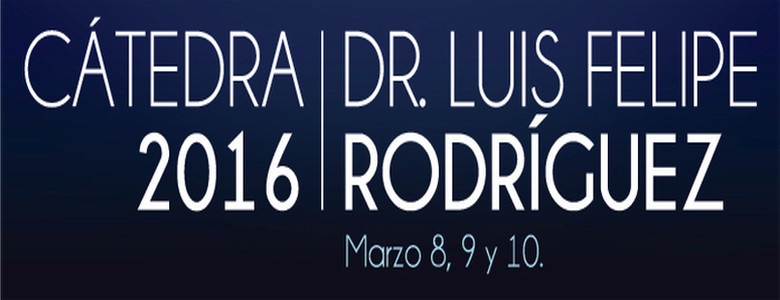
Martes 8 de marzo
Auditorio de la Facultad de Ingeniería
Inauguración a las 12 hr con personalidades de la UASLP
Platica a las 13 hr
“Distancias Ultraprecisas a Regiones de Formación Estelar”
Miércoles 9 de marzo a las 13 hr
Auditorio del Instituto de Fisica
“Observaciones de la Formación de Nuevas Estrellas y Planetas”
Jueves 10 de marzo a las 13 hr
Auditorio del Instituto de Fisica
“El Futuro de la Radioastronomía en México”
- Detalles
- Categoría: Coloquio de Física
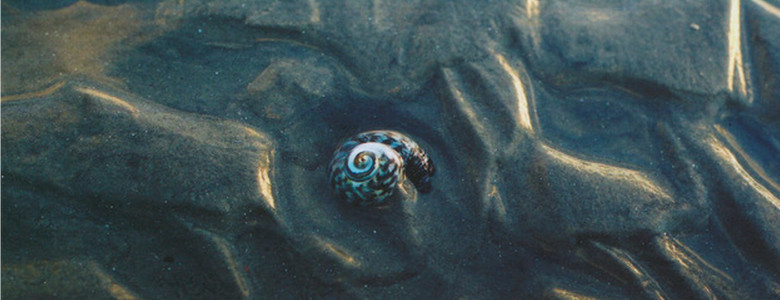
Ponente: Dr. Eugenio Vogel
Procedencia: Universidad de la Frontera, Chile.
Resumen:
En un trabajo de hace pocos años se mostró que teoría de información podía encontrar la temperatura crítica de distintas transiciones magnéticas. En particular, aquellas simulaciones que dan cuenta las transiciones de fases ferromagnéticas a paramagnéticas y/o a vidrio de espín, incluyendo el punto triple. En paralelo la técnica requirió del desarrollo de un reconocedor de información apropiado denominado wlzip. Esto se basa en el algoritmos del tipo compresor de información pero operando ahora sobre cadenas de largo definido, en ubicación definida, en series de tiempo de parámetros de orden representativos del fenómeno. En el caso de las transiciones magnéticas aludidas, ellas pueden ser mejor reconocidas por el parámetro de orden de sitio de Edwards y Anderson en series de tiempo generadas mediante simulación de Monte Carlo, para temperaturas incrementales dentro de un rango apropiado. El peso en bytes del archivo comprimido maximiza justo sobre la temperatura crítica previamente establecida por otros métodos. Con posterioridad este método se ha extendido a otros fenómenos donde la gran variabilidad en los datos puede también ser medida mediante la aplicación de wlzip. Un ejemplo de ello son las variables económicas, como es el caso de las fluctuaciones en la bolsa de comercio o en capitalizaciones individuales en mercados de valores. También se ha incursionado en aplicar exitosamente este método a series de tiempo médicas como son los exámenes Holter de presión arterial: wlzip reconoce cuantitativamente la agitación en esta serie de tiempo generada a lo largo de 24 horas. Más recientemente hemos incursionado en la aplicación de este método a anticipar periodos convenientes para la producción de energía eólica dentro de la matriz energética en Alemania, en una investigación aún en curso.
Miercoles 13 hr
Auditorio del IF
- Detalles
- Categoría: Coloquio de Física
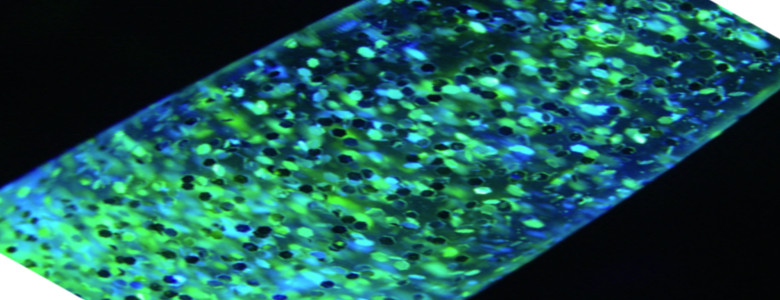
Ponente: Dr. Marek Grzelczak,
Procedencia: CIC bioma GUNE, España
Resumen:
Spurred by outstanding optical properties, metallic nanoparticles gain progressive attention as photocatalysts.1 The large absorption cross-sections and chemical stability allow metallic nanoparticles efficiently harvest light over the UV-Vis-NIR spectral range. The light, while interacting with metallic nanoparticles invokes the surface plasmon resonance that decaying provokes enhancement of the optical near field, generation of hot carriers, or increase local temperature.2 As a consequence, the rate of the chemical reactions increases with the proximity to particles surface independently on the mechanistic pathway.
We propose here the use of gold nanoparticles with multiple shapes (rods, cube, stars) and surface functionalization (Pd, Pt) toward photoregeneration of relevant biomolecules - cofactors, in particular, nicotinamide adenine dinucleotide - using visible and IR light.3 The photocatalytic activity depends not only on the degree of the shape anisotropy but also on the spatial distribution of co-catalyst on the particle surface. Plasmonic nanoparticles exhibit excellent activity either deposited in the form of plasmonic films on the glass substrate or distributed homogenously in the three-dimensional hydrogel matrix.
Viernes 13 hr
Auditorio del IF
- Detalles
- Categoría: Coloquio de Física
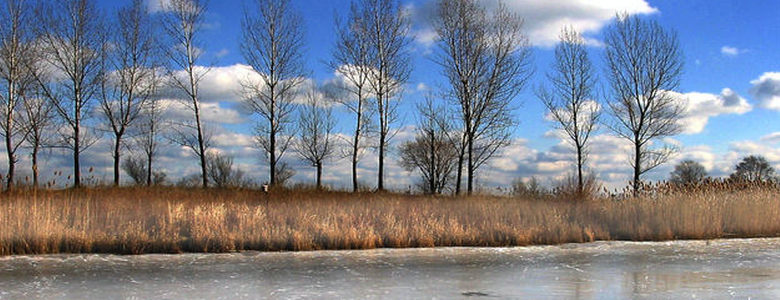
Ponente: Gregory Mckenna
Procedencia: Unis. Tecnologica de Texas
Abstract
The glass transition event is frequently taken to be a manifestation of an underlying thermodynamic transition, perhaps 50 K below the laboratory measured glass transition temperature. The behavior of glasses manifests itself in both the thermodynamic and dynamic responses and these are frequently interpreted in terms of an ‘ideal’ glass transition. Here we first examine the thermodynamics by using calorimetric measurements to determine the equilibrium heat capacity of a series of poly(α-methyl styrene) mixtures with results that show no evidence of a transition in the Ehrenfest sense as far as 150 K below the nominal glass transition temperature. The dynamic signature of glasses is found in the super-Arrhenius behavior of viscosity or relaxation time as a function of temperature. The so-called Vogel-Fulcher extrapolation of the measured dynamic property leads to an apparent finite-temperature divergence some 50 K below the nominal glass temperature. By performing experiments on glasses aged for very long times (Dominican amber of 20 million years) we have been able to explore the upper bounds to the equilibrium dynamics to some 43.6 K below the glass temperature and find strong evidence that the finite-temperature divergence does not exist, rather the glass exhibits an apparent Arrhenius behavior for the dynamics, suggesting that theories that are based on the finite temperature divergence of the relaxation times need to be re-evaluated. Finally, there is considerable activity in the Soft Matter community in which concentrated colloidal dispersions are used as models of glass-forming systems. Here we visit this problem using a novel series of concentration-jump experiments in PNIPAAM-particle colloids to mimic the classic temperature-jump experiments that were used by Kovacs to catalogue the kinetics of structural recovery in molecular glasses. Here we will use diffusing wave light scattering spectroscopy and classical rheological methods to examine specifically the “intrinsic” isotherm, asymmetry of approach, and the memory signatures and compare the colloidal system with the molecular glass. We find that the colloidal systems while exhibiting some of the features seen in molecular glasses, in detail show surprising differences in their structural recovery signatures.
Miercoles 13 hr
13-enero-2016
Auditorio del IF
- Detalles
- Categoría: Coloquio de Física

Ponente: Dra. Rocio Jáuregui Renaud
Procedencia; UNAM
Miercoles 13 hr
Auditorio del IF
- Detalles
- Categoría: Coloquio de Física
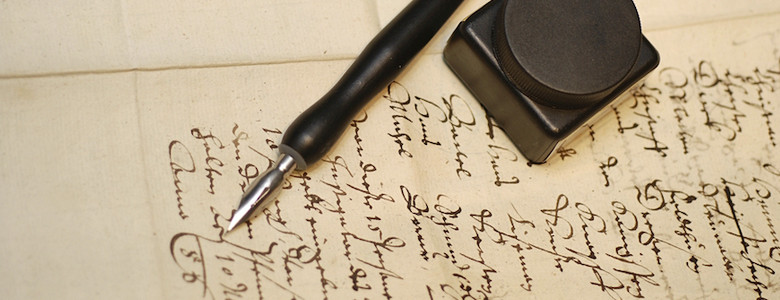
Ponente: Dr. Julian Felix Valdez
Procedencia; CIO
Miercoles 13 hr
02 - Dic - 2015
Auditorio del IF
- Detalles
- Categoría: Coloquio de Física

Ponente: Dr. Gabriel Ramos
Procedencia: CIO
Resumen:
En esta plática se presentarán algunos avances recientes en bio-fotónica basada en el uso de sistemas moleculares orgánicos. Este tipo de tecnología combina a la óptica y la química orgánica para ofrecer soluciones para ciencias biológicas y de la salud.
En particular, se presenta el desarrollo de nanoestructuras orgánicas de interés biomédico como agentes de contraste para la obtención de bioimágenes, diagnóstico y terapia de algunas enfermedades. Nuestras nanoestructuras son nanopartículas sintetizadas a partir de moléculas orgánicas y polímeros p-conjugados mediante procesos como ablación laser, reprecipitación o miniemulsiones, y tienen como característica principal que al ser expuestas a radiación infrarroja emiten luz visible gracias al proceso de absorción multifotonico. Estas características son combinadas con otras propiedades como foto-estabilidad, biocompatibilidad y fácil conjugación con biomateriales. Las propiedades ópticas de estas nanoestructuras orgánicas son comparadas con aquellas mostradas con nanoestructuras inorgánicas, como en el caso de puntos cuánticos de alta emisión (ejemplo: ZnS/CdSe, CdTe, ZnS/InP). Se discuten las ventajas y desventajas de las nanoestructuras orgánicas vs inorgánicas.
Esta plática presenta el trabajo de investigación multidisciplinario que actualmente se realiza en el Centro de Investigaciones en Óptica (CIO) encaminado a desarrollar nuevos materiales orgánicos, estudiar sus propiedades fotonicas y espectroscópicas, llevar a cabo su procesamiento en novedosas plataformas nanoestructuradas y su uso para la obtención de bio-imágenes y diagnóstico de padecimientos médicos a nivel celular por microscopia laser de escaneo.
Miercoles 13 hr
25 - Nov - 2015
Auditorio del IF
- Detalles
- Categoría: Coloquio de Física
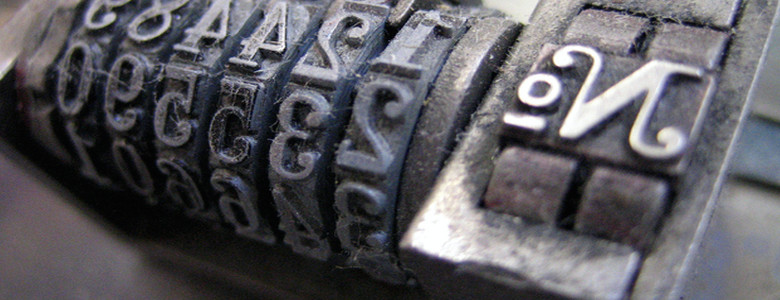
Ponente: Sergio Eliseo Hernández-Martínez
Procedencia; Facultad de Metalurgia UASLP
Resumen:
The main aim of the present research is to study the potential of the severe plastic deformation process to consolidate aluminum powders of various composites. Two AA 7075 – ZrO2 (with compositions of 2 and 5 wt.%) and AA 7075 – C (2 wt.%) powder composites were previously milled by 15 h, in a horizontal attritor simoloyer ball mill, in order to disperse the reinforcement particles. Then, the powders were placed inside tubes made of AA 6061 and a load of 6 ton-force was applied in order to compact the powders. The compacted tubes were processed by Equal Channel Angular Pressing (ECAP) at room temperature and at 200 °C, using a die with an inner angle of 90° to obtain a total strain close to 1. The resultant mechanical properties of the consolidated composites are one of the main advantages found in this research, since the Vickers hardness values of the composites are higher than the unreinforced alloy counterpart. The load-displacement curves of each composite were unique in its shape and load requirement for ECAP processing, since the reinforcement affected each material in a particular way. The distribution of the reinforcement particles was enhanced, since the clusters spotted in the composite with 5 wt.% of ZrO2 were no longer visible after ECAP processing. The use of temperature during ECAP process improves the microstructure and the stability of the composites. On the other hand the remaining porosity of the composites processed at 200 °C was lower than the composites processed at room temperature.
Miercoles 13 hr
Auditorio del IF
- Detalles
- Categoría: Coloquio de Física
